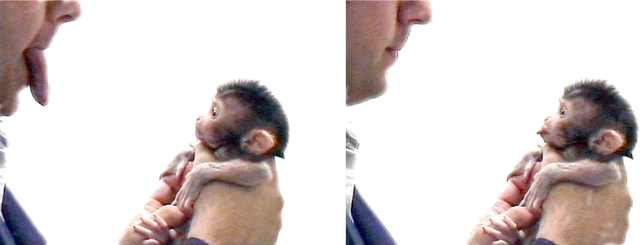Mitochondrial haplotypes have been used extensively over the last few decades for inference of a population structure in humans. Key findings from these studies include what has come to be known as the “Mitochondrial Eve” hypothesis (see the controversial Cann, Stoneking, and Willson (1987), subsequent reviews by Templeton (2002), Stoneking (1997)), numerous studies on the identification of mitochondrial haplogroups (for a complete list see, van Oven and Kayser (2009) – http://www.phylotree.org/), and the basis for several commercially available ancestry inference kits.

mtDNA-haplogroup membership might not be associated with autosomal ancestry proportions. Figure 5 from Emery et al. (2015)
In a recent study, Emery et al. (2015) compared estimates of global ancestry using autosomes and mtDNA haplogroups, and report discordance between ancestry inferred using mtDNA haplogroups and their `true’ continental-ancestry proportion. The authors mined the HGDP-CEPH, and the 1000 Genome Project data to analyze 28 diagnostic SNP’s for mtDNA haplotyping, and >650k SNP’s for autosomal continental-ancestry determination using ADMIXTURE (Alexander et al. 2009). They further determined the correlation between the two using a multinomial logistic regression model.
Key findings from the study include (1) more than one unique mtDNA haplogroup in most populations, (2) less information for inferring individual ancestry from mtDNA haplogroups, (3) high misclassification rates of continental-ancestry using mtDNA, and (4) low association between ancestry determined by mtDNA haplogroups and autosomes. As the authors rightly state,
Overall, our results question the validity of making anything but fairly crude inferences of continental ancestry on the basis of most mtDNA lineage tests. The limitations of lineage-based ancestry inference should be acknowledged by researchers and made explicit to consumers of commercial ancestry-testing products.
References:
Estimates of Continental Ancestry Vary Widely among Individuals with the Same mtDNA Haplogroup, Emery, Leslie S. et al. (2015) The American Journal of Human Genetics http://dx.doi.org/10.1016/j.ajhg.2014.12.015








